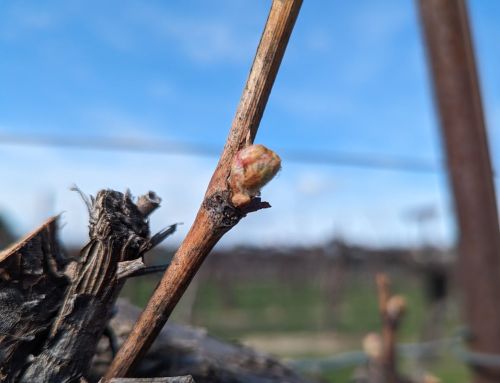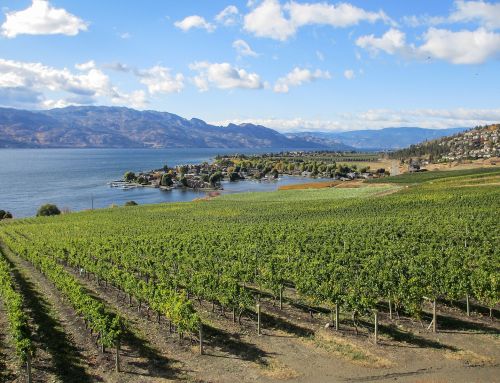
In the last five years, the usage of alternative closures in the Washington wine industry has increased dramatically. In 2016, fewer than one quarter of the wines I tasted for review from Washington used an alternative closure. In 2021, that number soared to over 46%.
Almost all of the increase in alternative closures has come from DIAM and similar TCA-free micro-agglomerated corks. These are closures made from ground up natural cork held together by a binder. Usage of other alternative closures, such as screwcaps, Nomacorcs (a synthetic closure), glass stoppers, and other alternatives, has remained relatively constant over this time period.
In 2016 DIAM and related closures made up a little under 6% of the wines I opened from Washington. In 2021, they comprised almost 27% – a whopping 21% increase.


The obvious question is, why? DIAM corks are not new technology. In fact they were first introduced nearly two decades ago in 2005.
There are several likely reasons. The first is growing winemaker comfort with these closures and the technology around them. As more producers use the closures and give them high marks, other producers take notice and follow suit. Additionally, as the track record of how these wines age lengthens, that question is answered.
The second is the introduction of competitive closures to DIAM. For example, in 2017, Cork Supply introduced its VINC closure. This is another TCA-free micro-agglomerated closure.
There are a number of other, related alternatives. However, DIAM currently owns the lion’s share of this market. The competition did affect the pricing landscape for these closures, making them more accessible for some wineries.
Third, perhaps some winemakers finally had enough of cork taint. As I have written many times here and elsewhere, cork taint is a contaminant in wine, most frequently caused by trichloroanisole, that mutes aromas and flavors. Most instances of TCA taint come from the cork itself. Closures such as DIAM and other TCA-free micro-agglomerated corks eliminate cork taint completely.
It is also possible that winemakers have found other aspects of DIAM closures appealing. As a manufactured product, these closures can offer greater overall consistency than closures that are fully made from natural cork. In this way, they have many of the advantages of natural cork without the disadvantages.
Finally, DIAM has come out with a range of products in recent years, such as corks intended to be used for 5 years, 10 years, or 30 years. It’s possible that this has also allayed some concerns that previously prevented winemakers from adopting the closure.
Note that natural cork is still by far the dominant closure type used in Washington and beyond. In my tastings, I am looking at each bottle as an individual wine and am not taking into account case production. If I did, surely natural corks would still close the vast majority of Washington wines on the market.
Additionally, DIAM and related closures are generally considered to be too expensive for entry level wines. For this reason, these closures are unlikely to transition into lower-priced wines.
That said, it’s clear that the pendulum is shifting. The increased adoption of these closures has been dramatic. I expect the usage of DIAM and related closures to continue to increase in the coming years. It will be interesting to see where the ceiling is.
Unfortunately, data from my 2022 tastings was lost in a hard drive crash. Had it not been, I expect that it would have been the first year that more of the wines I opened from Washington used an alternative closure rather than natural cork. That would have been unthinkable just a few years ago.
NOTE: Northwest Wine Report is now partially subscription-based. Please consider subscribing to support continued independent content and reviews on this site.
To receive articles via email, click here.







Leave A Comment